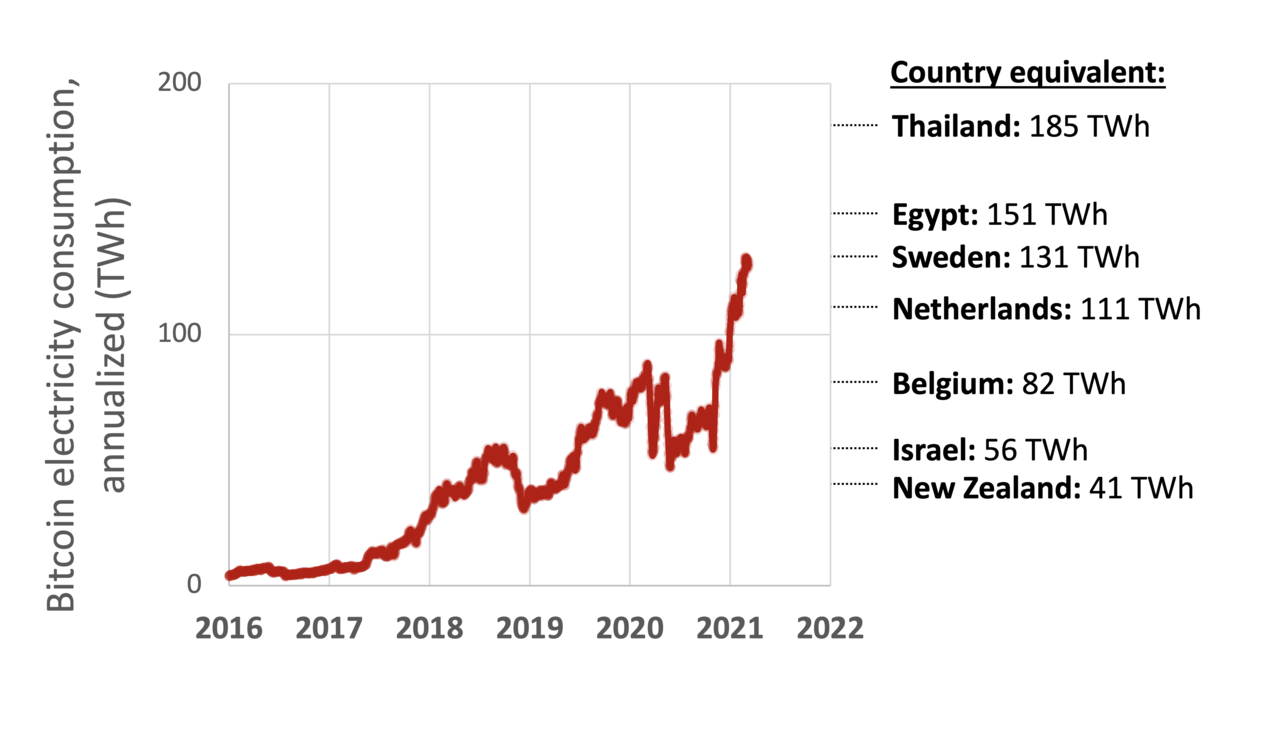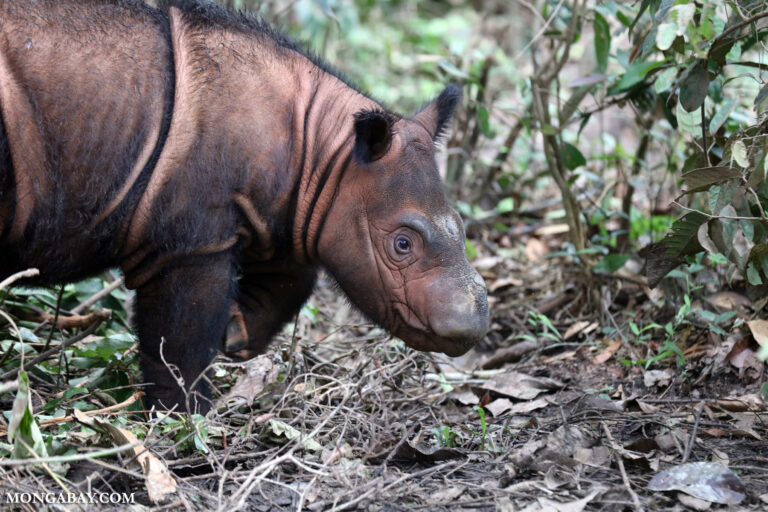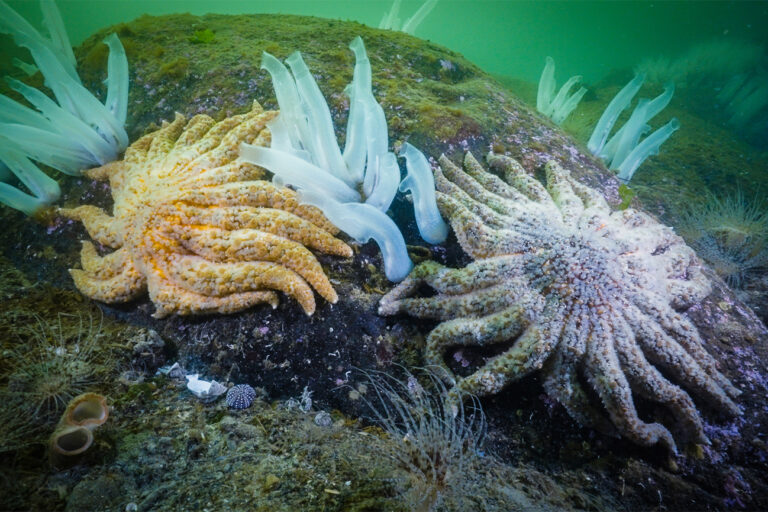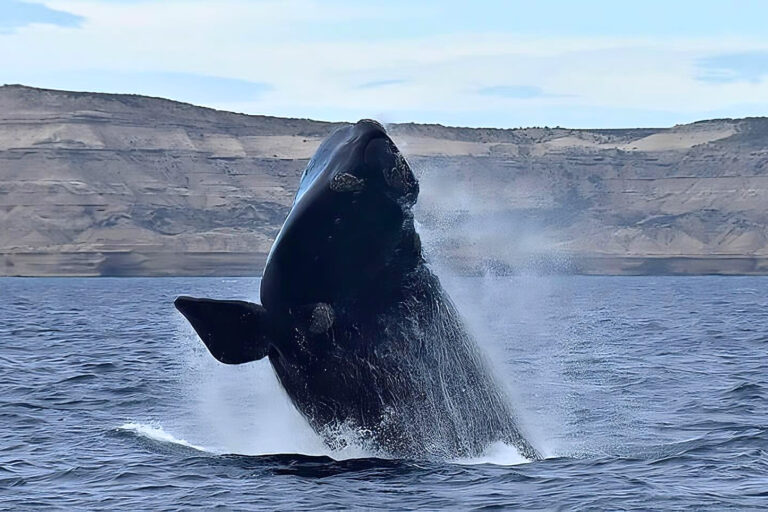- Blockchain technology’s various applications, such as NFTs and smart contracts, are being explored for use in wildlife conservation.
- The technology’s potential might be immense, but downsides such as a massive carbon footprint and the imposition of Western technology to dictate resource management in the Global South raise logistical and ethical questions.
- Most proponents and critics agree on one thing: The technology is still in the early stages for its applications to be fully understood and implemented on the ground.
How do you raise funds for wildlife conservation in the most 21st century of ways? Non-fungible tokens, or NFTs.
In the northeastern forests of South Africa, Wild Funds Tomorrow, a U.S.-based nonprofit, has done just that. Since 2017, the organization has been trying to raise funds to purchase land, remove fencing and clear vegetation to connect two protected areas — the MunYaWana Conservancy and the iSimangaliso Wetland Park — to allow species such as elephants, rhinos and lions to move freely between the landscapes, something that hasn’t been possible for years. Of the $1.5 million collected so far, $30,000 was raised by WildCards, a South African platform that brings together wildlife conservation and blockchain technology.
In WildCards, animals are represented as unique digital artwork, similar to the “Bored Ape” series of NFTs, some of which sold for close on $3 million during ether’s high last year. And as with the Bored Ape NFTs, WildCards can be bought and sold using ether, the cryptocurrency native to the Ethereum blockchain platform. The owner of each card acts as a guardian to the animal, paying a predetermined amount every month to the conservation agency protecting the animal or the species represented in the card. Since its launch in 2019, the WildCards platform has engaged with blockchain, cryptocurrency and NFT enthusiasts to raise approximately $77,000 (until July 26, 2022), with the funds distributed to grassroots-level conservation organizations around the world, including in countries like Kenya, India and Malaysia.
“WildCards imbue people’s commitments to wildlife conservation in a fun and playful way,” WildCards co-founder Jason Smythe, a software developer, tells Mongabay in a video interview. “It does it through technology that removes middlemen who charge fees.”

Although NFTs and blockchain, the technology behind it, remain obscure to many, their applications are being explored in different spheres: from secure money transfers to storage of land ownership data, among others. In wildlife conservation specifically, the technology’s immutable and transparent nature means it might be used not only to raise money, but possibly for enforcing contracts as well as to trace and track the wildlife trade. However, blockchain technology’s inordinate energy consumption and inaccessibility could be some of the significant downsides to its large-scale application. The fledgling nature of the technology also leaves many people unaware and suspicious of its uses.
Smythe acknowledges the disadvantages, but says the nascent nature of the technology means a lot will likely change in the years ahead. “The technology is not ossified yet. It’s like listening to someone talk about what the future of the internet is back in the ’90s,” he says. “The experimentation that is going to happen over the next few decades is going to be interesting.”
Peter Howson, a senior lecturer in international development at Northumbria University in the U.K says he was initially excited about the use of blockchain technology for conservation purposes. But over time, he’s grown more skeptical.
For one, the carbon footprint of the technology outweighs any benefits it might provide to wildlife conservation. According to the Cambridge Bitcoin Electricity Consumption Index, the mining of bitcoin, the world’s largest cryptocurrency and currently blockchain technology’s most popular application, consumes 92 terawatt-hours of electricity every year — much higher than the power consumption in countries such as Venezuela, Belgium or Finland. “By using this technology, you are legitimizing an incredibly environmentally destructive industry, that is the crypto industry,” Howson tells Mongabay in a video interview. “This is definitely not a suitable way of financing a just transition to a green economy.”

The control over the technology by a few technocrats and entrepreneurs in the Global North has also raised questions, especially in the context of it being used to dictate how resources are managed, distributed and used in the Global South. Apart from fundraising for projects, Howson says, he hasn’t yet seen any convincing examples that illustrate how blockchain technology could aid in wildlife conservation. “Most crypto people have a hammer and they are looking for nails they can bash,” he says. “The starting point should be the people who do the community and conservation work. Don’t start with the tech solution.”
Daniel Oberhauser shares the same view: that the point of departure should be an analysis of the reality on the ground and potentially adapting the technology accordingly, if it seems like a good fit. During his research work at the University of Oxford in 2019, Oberhauser came up with a prototype that uses smart contracts, another application of blockchain technology, to facilitate a more efficient and transparent system to make payments for ecosystem services (PES).
Smart contracts are programs that perform automated transactions based on certain predetermined conditions. For instance, if the contract calls for making a payment on the completion of a task, it would execute the payment automatically as soon as it verifies that the task is finished. Oberhauser’s prototype uses this mechanism to ensure that a certain individual or community is paid for the services they provide for environmental and wildlife conservation.
Payment for ecosystem services, or PES, is often used as an incentive to get local communities involved in conservation efforts, but inefficient financial systems and corrupt management on the ground means that payments often don’t reach the beneficiaries in time or in full — or at all, sometimes. Oberhauser’s Blockchain for Ecosystem Payments prototype aimed to remove the middlemen through whom these leakages can occur, and use smart contracts to ensure transparent payments. The idea was to use Google Earth Engine to monitor if a particular forest was being maintained or a species remain protected. If these conditions were met, the smart contract would automatically execute the payment transaction. The smart contract’s inherent features make it transparent and hard to tamper with.
However, challenges arose when ground realities kicked in. Who will decide how the benefits are shared? How will beneficiaries in the Global South receive payments through a technology that, for the most part, isn’t accessible to them? A 2019 paper published by Oberhauser in the journal Frontiers in Blockchain found that the inaccessibility of the technology would necessitate “heavy reliance on trusted intermediaries” — essentially bringing in a new cohort of middlemen and negating the decentralized nature of blockchain technology. As a result, the prototype was never implemented on the ground.

Since his paper was published, Oberhauser says, little has changed. He emphasizes the need to integrate the technology with ground-level governance and policy. “People who have an understanding of the technology are usually engineers or entrepreneurs from the West who usually have no idea of the governance and natural resource management on the ground,” Oberhauser tells Mongabay in a video interview. “There is still a gap between people who are knowledgeable in both those regards.”
Like Smythe of WildCards, Oberhauser says the technology needs to be better developed and experimented with before being applied to wildlife conservation. But that, too, requires treading a fine line. With government and public trust in conservation efforts eroding globally, any misstep risks undoing years of work.
“It is about managing expectations,” Howson says, adding that when results aren’t apparent, people see conservation efforts as a process of being lied to. “Eventually you are going to run out of people who trust you.”
Banner image: Elephants in iSimangaliso Wetland Park, South Africa. Image by Bernard DUPONT via Flickr (CC BY-SA 2.0).
Related audio from Mongabay’s podcast: Journalist Judith Lewis Mernit and author Brett Scott join the Mongabay Newscast to discuss the environmental impacts of cryptocurrencies, and whether it makes sense to fund conservation efforts with these financial tools, listen here:
Citations:
Oberhauser, D. (2019). Blockchain for environmental governance: Can smart contracts reinforce payments for ecosystem services in Namibia? Frontiers in Blockchain, 2:21.doi:10.3389/fbloc.2019.00021
Prakash, A. (2019). Nonprofit governance, public policy, and the Oxfam scandal: An introduction. Nonprofit Policy Forum, 10(4). doi:10.1515/npf-2019-0059
Abhishyant Kidangoor is the 2022 Sue Palminteri WildTech Reporting Fellow, which honors the memory of Mongabay Wildtech editor Sue Palminteri by providing opportunities for students to gain experience in conservation technology and writing. You can support this program here.














